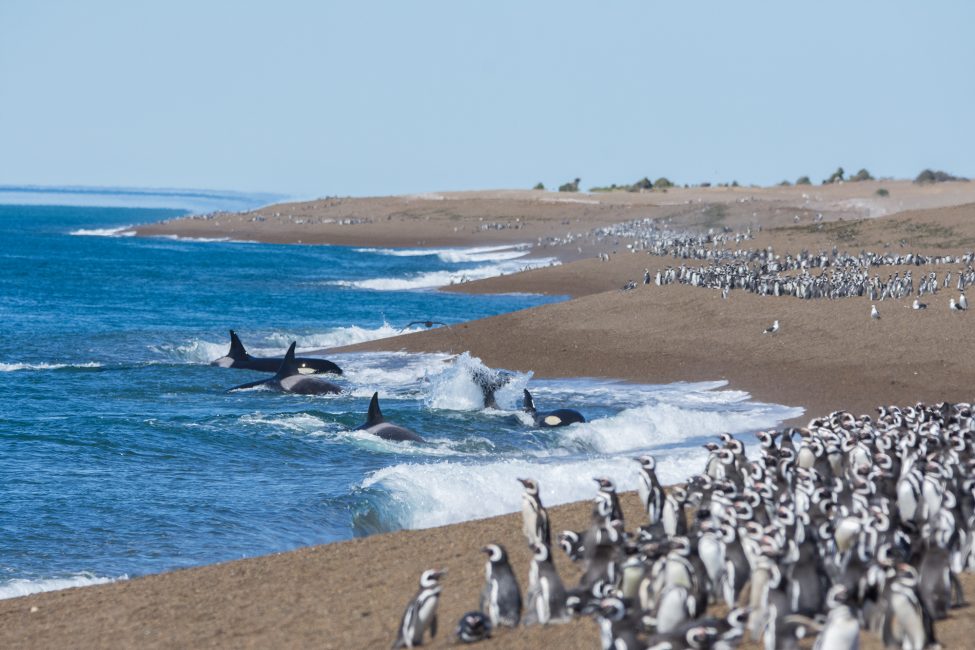
January 29, 2024
Seashore Spectacle
- as seen by -
 Martin Brogger
@tinchobrogger
Martin Brogger
@tinchobrogger After a full day of researching a Magellanic penguin (Spheniscus magellanicus) colony on the coast of Península Valdés in Argentina, my colleagues and I took a break. We went to the nearby shore to enjoy a snack and the scenic view.
Just as we were about to leave, six killer whales (Orcinus orca) unexpectedly showed up near the beach. A big male and five females came to practice hunting skills and show their young how to safely beach themselves to catch prey.
As intentional stranding poses significant risks, killer whales often engage in this practice in locations resembling their typical hunting grounds for southern elephant seals and southern sea lions. The behavior is transmitted from the more experienced adults, often the larger females, to the younger members of the pod. These toothed whales initiate the process by scouting for potential prey. Then, they swim towards the shore and skillfully beach themselves to secure their capture.
Punta Norte is a protected natural area known for the notable occurrences of killer whale strandings, particularly a few months after the birth of elephant seals and sea lions. Nearby, San Lorenzo Ranch in Península Valdés is home to a sizable colony of Magellanic penguins, one of Argentina’s largest. Located just few miles from Punta Norte, the area is a quick swim away from the usual hunting grounds for killer whales.
Meanwhile, from the safety of the coast and beyond the orcas’ reach, the penguins serenely observe the largest of the dolphin species perfect their water skills. It’s as if they’ve become spectators, too, just like us scientists, absolutely fascinated by wildlife.
Nikon D7200
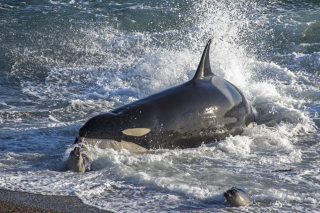
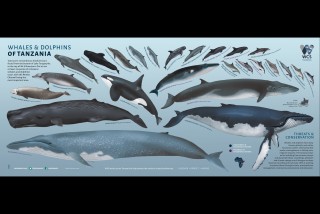
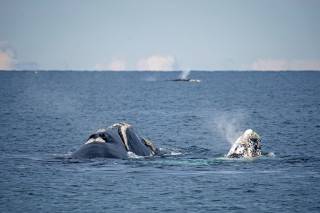
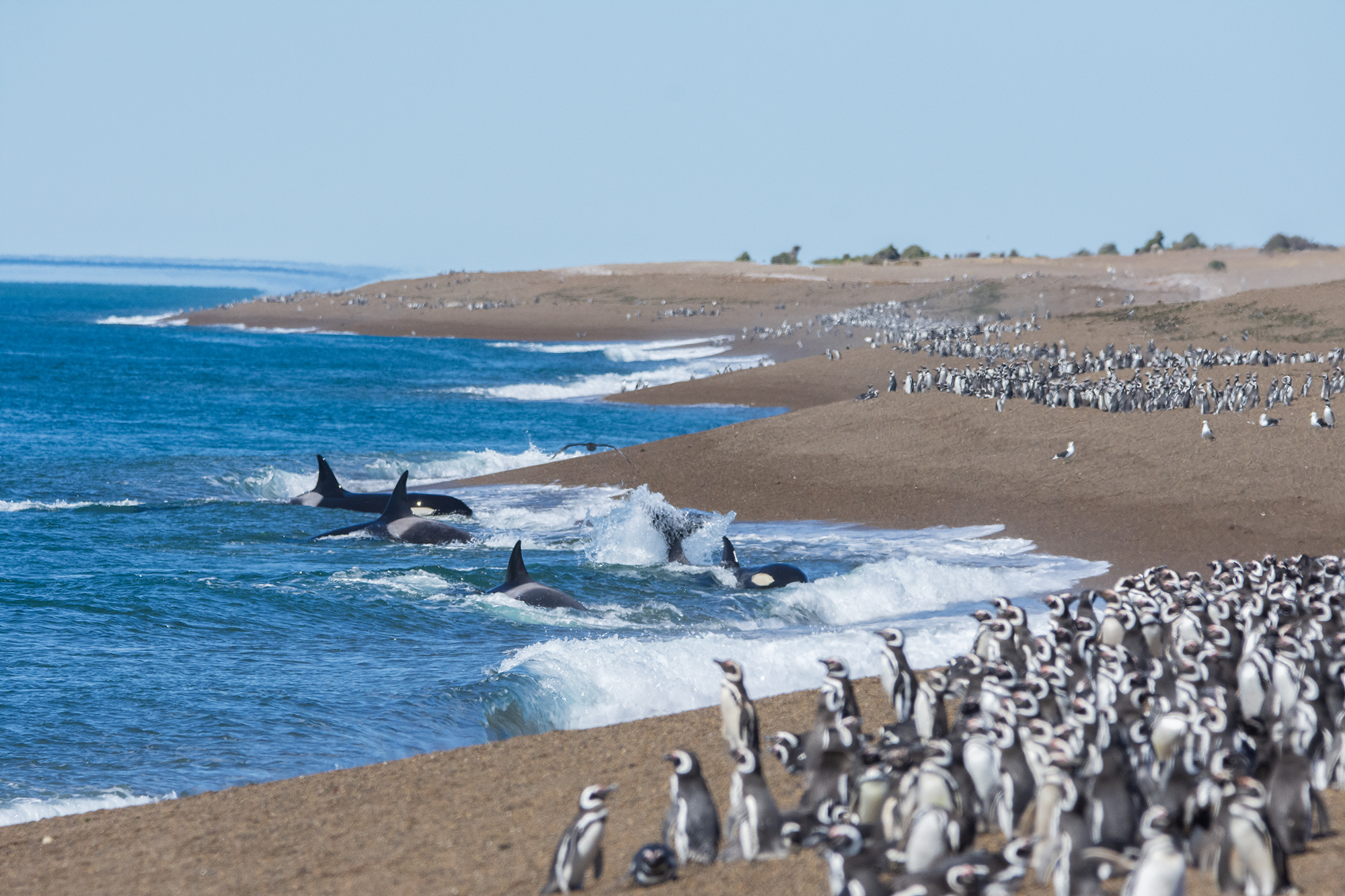
Leave a Comment